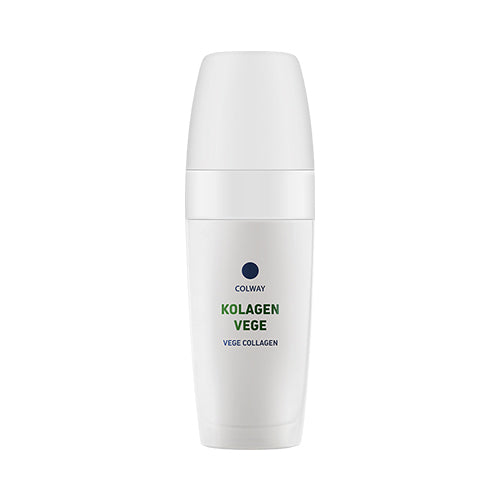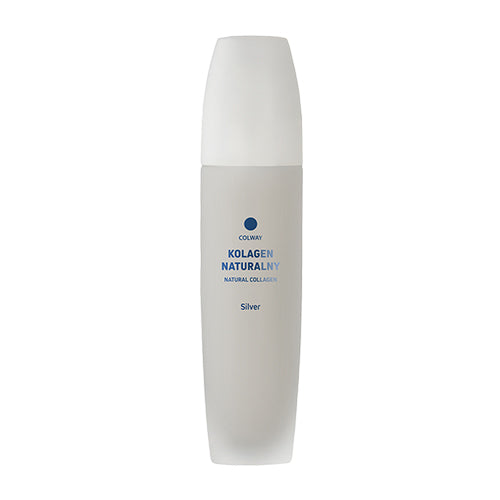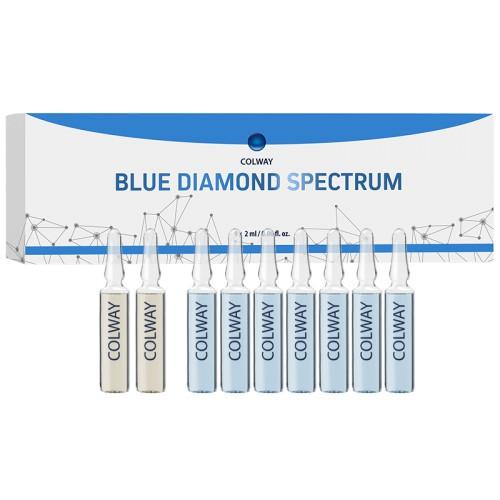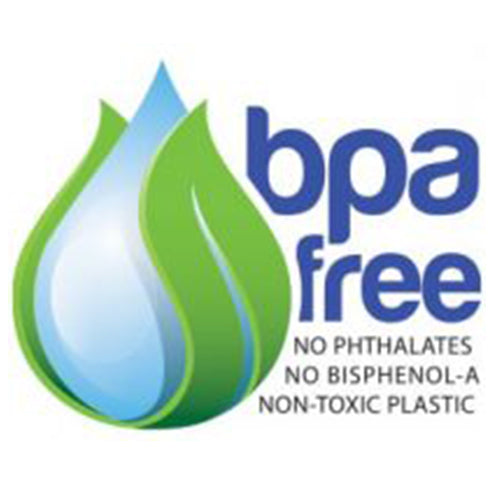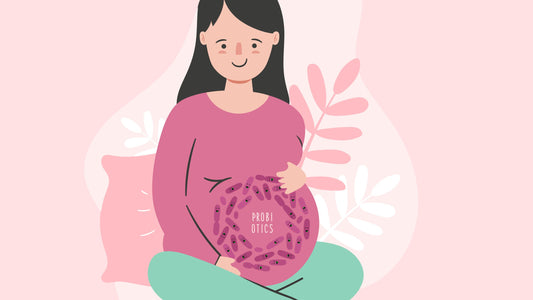What's BPA, and do I really need a new water bottle?
Today, we'd be hard-pressed over the chemicals used to make plastic bottles.
Here, experts explain what you need to know about BPA and BPA-free products.
What is BPA?
BPA stands for Bisphenol-A, an estrogen-imitating chemical used to produce reusable plastic products, such as baby bottles, toddler sippy cups and plastics you might use for storing leftover food.
These types of chemicals have reportedly had health effects on humans, specifically in the fetal and infant states. Products made with BPA have recycle codes on their bottoms with the number 3 or the number 7
The problem with BPA is that it can leach from containers into beverages and foods and pose a potential health risk.
BPA has been used in the U.S. since the 1950s, but because of a growing concern from consumers regarding its safety, the chemical was phased out of use by the industry.
Why should you avoid BPA?
BPA is a chemical with estrogenic activity (EA), meaning it mimics the estrogen hormone. Chemicals with estrogenic activity have been reported to have potential adverse health effects in mammals, including humans, especially in fetal and infant states. Some bad effects of any EA chemical, including BPA, are early menarche, reduced sperm counts, altered functions of reproductive organs, obesity and increased rates of cancer.
How to identify BPA products
You'll find that plastics that contain BPA have recycle codes on their bottoms with the number 3 or the number 7. Plastics labeled '1,' '2,' '4' and '5' are the safest, However, avoid reusing plastics labeled '1' and '2,' and do not use them with warm or hot liquids.


